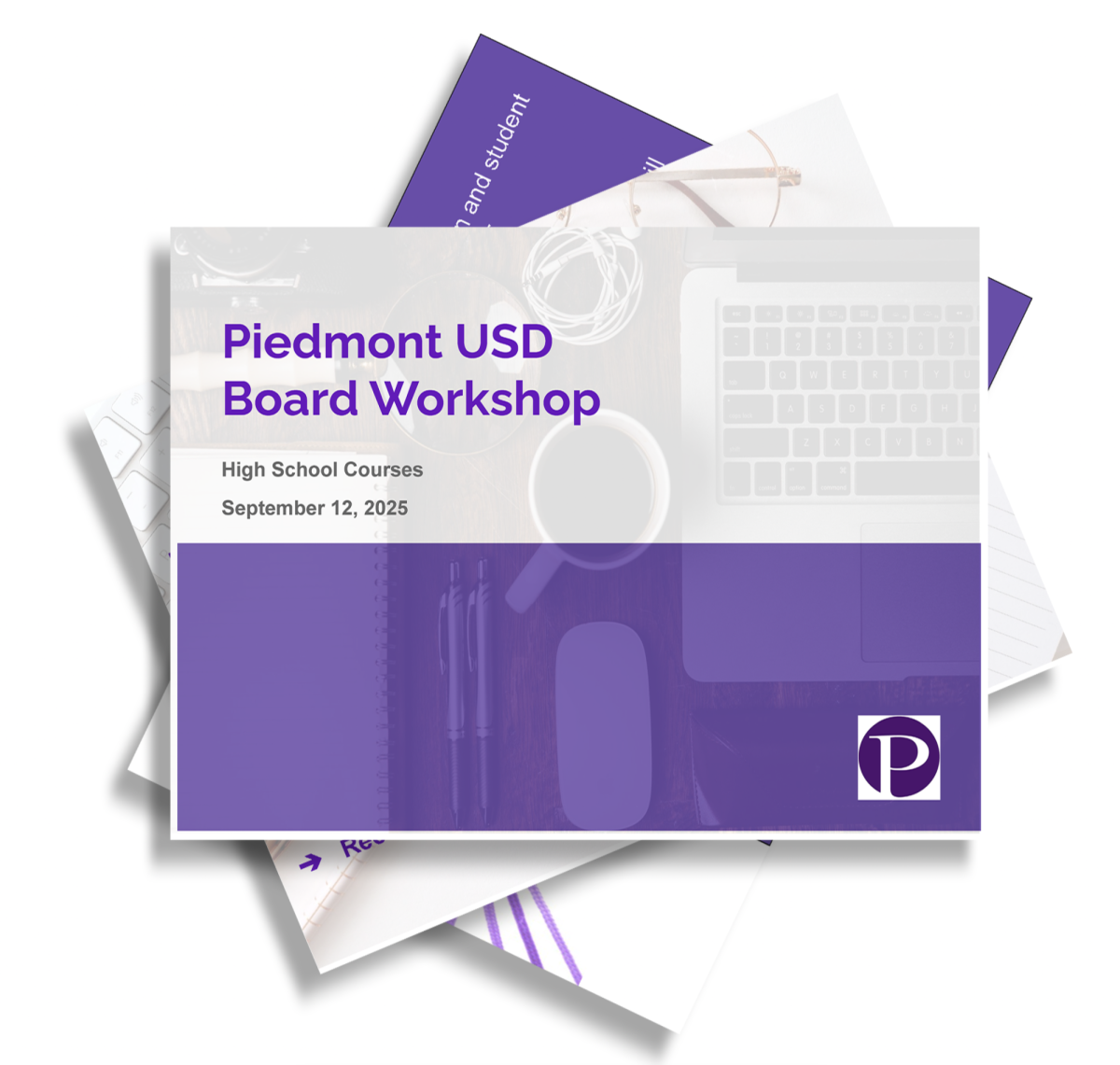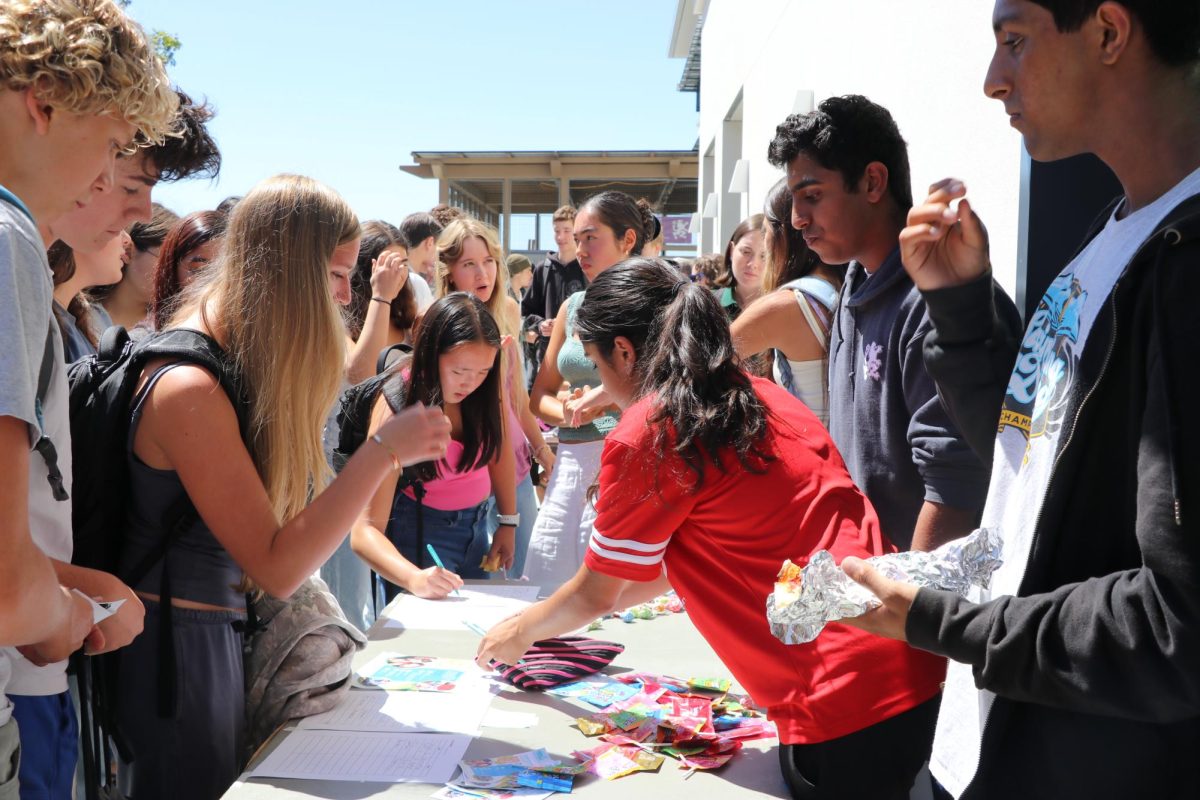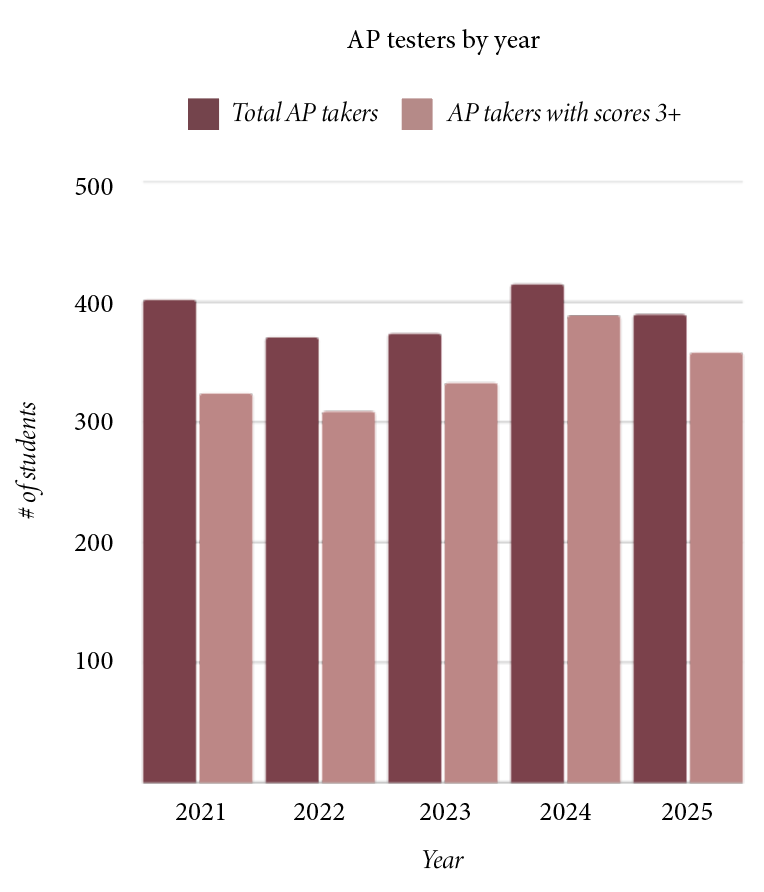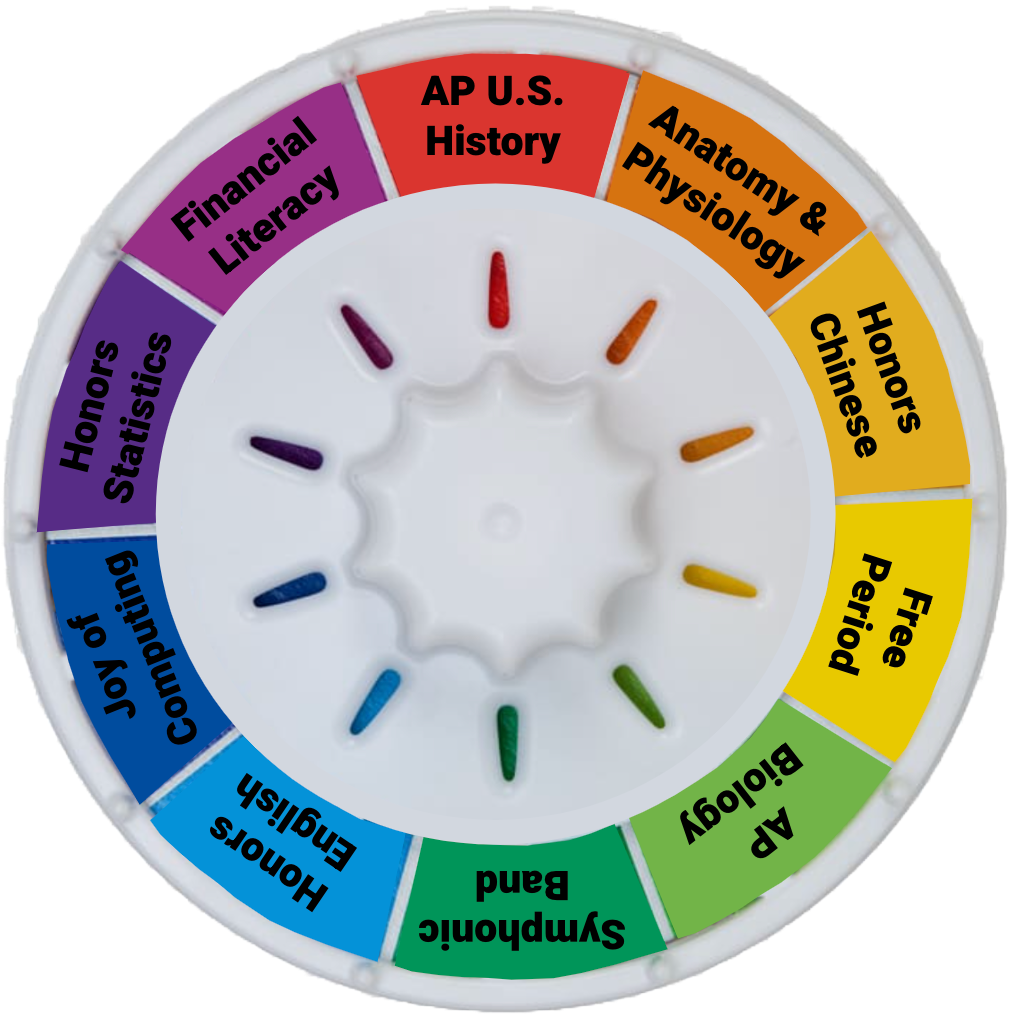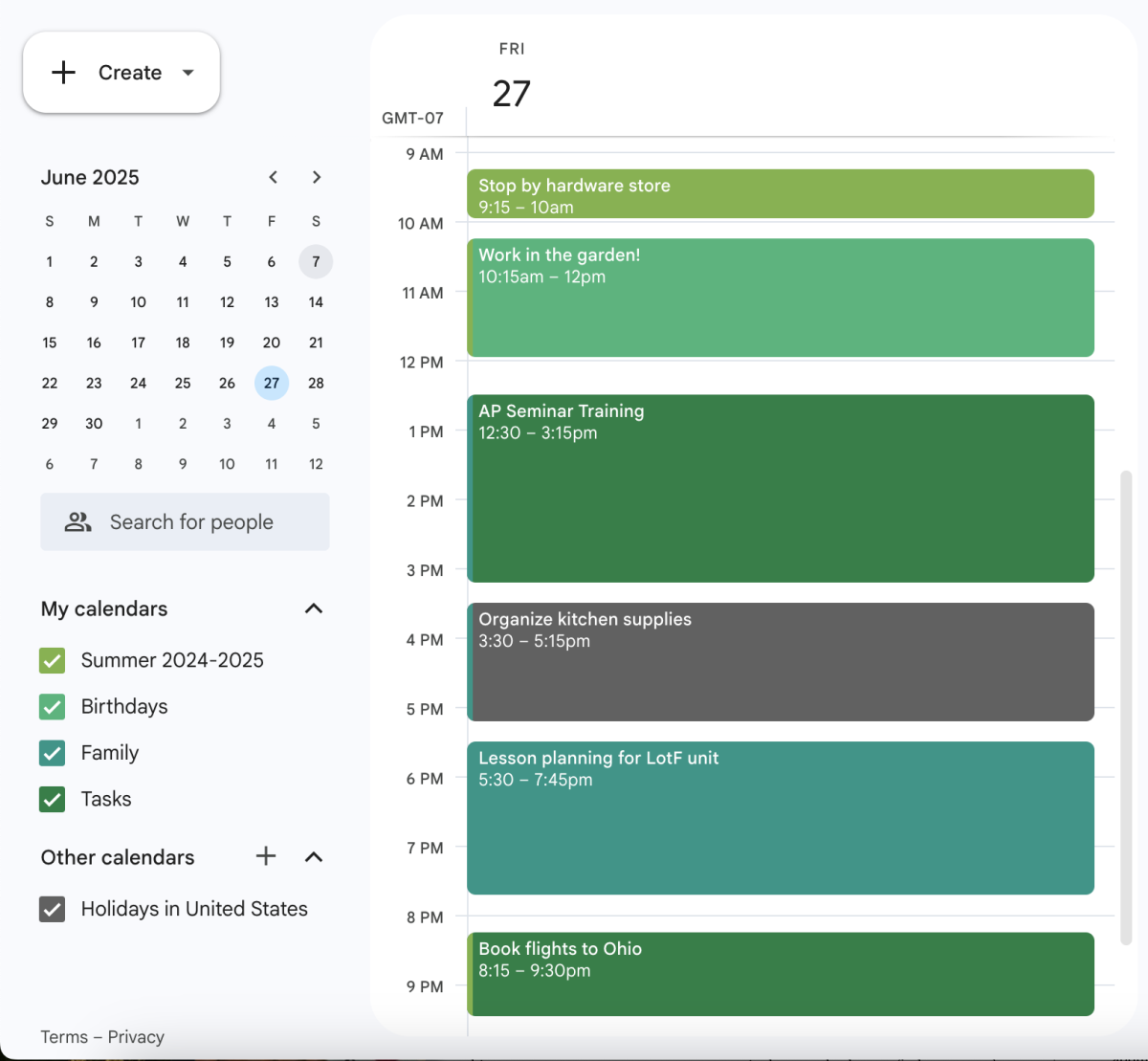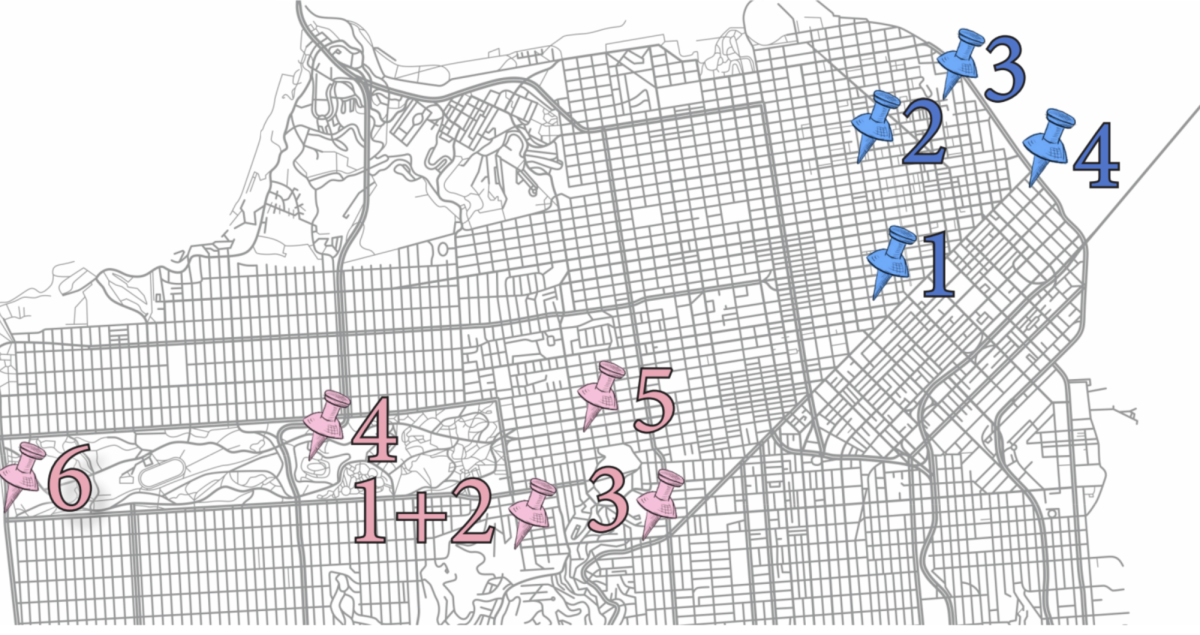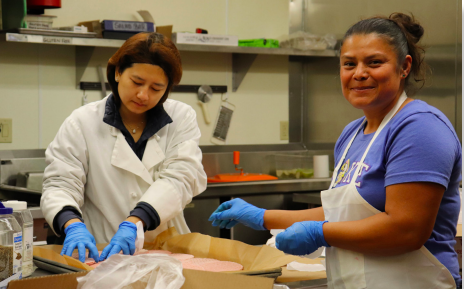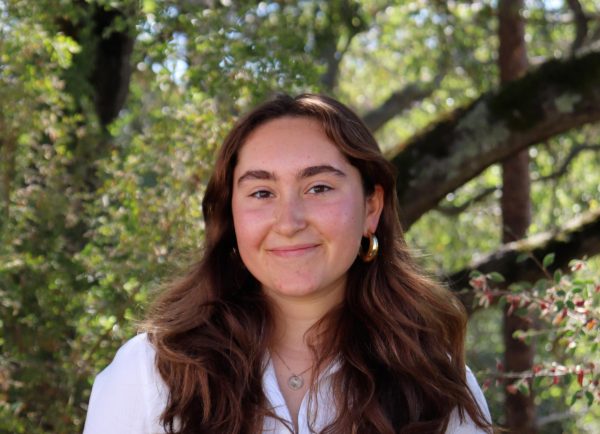Getting brunch from Food Service doesn’t start at 10 a.m., it starts before sunrise. Piedmont’s Director of Nutritional Services Gitara Spinks arrives everyday at 5 a.m., the first person on campus ready to sign for deliveries and menu plan.
Spinks has a lot to juggle: fruit arrives on Mondays and Wednesdays, milk on Tuesdays and Fridays, pool construction blocks delivery trucks, and there’s limited storage on campus. Spinks deals with challenges while also wanting to provide new and tasty options for students that meet the nutrition parameters from the Universal Meal Plan are constant factors that go into serving around 600 meals for brunch and lunch.
“It’s a puzzle and it’s my job to put these puzzle pieces together,” Spinks said.
PUSD has been on the Universal Meal Plan for three years. At the end of every month, the district sends in their total meal report, which includes the number of meals served to students. Then the government reimburses the district for the food cost which will be used to fund the next month’s cost, Spinks said.
“The first year on the program, we were short staffed and didn’t understand what we needed to support the program,” Spinks said. “Which led to setting menus based on meeting criteria and knowing where you can get it easily prepared.”
This year there are more volunteers and chefs with experience in the kitchen. Along with Spink’s kitchen staff and her assistant, Cassandra Famy, the team works to create meals based on student feedback.
One of the newest additions has been the oatmeal at brunch.
“We’re selling out everyday,” Famy said.
Spinks said she knew that students liked oatmeal in the mornings, but because the middle and high school are required to serve the same items, and PMS lacked a stove, serving oatmeal did not seem feasible.
“I thought, rice cookers. Why don’t we cook oatmeal in rice cookers?” Spinks said. “Along with what we can make, as far as recipes, it’s also how we make it, using the facilities we have to work with.”
During the summer, Spinks and the cooks got together and experimented with four different rice cookers and chose the best recipe out of oatmeal with milk or water, with butter and without.
They were also able to get blueberries and raisins provided by the US Department of Agriculture which covers the fruit requirement for breakfast – a piece of the puzzle that fits together, Spinks said.
“It fits all the marks, nutrition wise, the students like it, the staff can just set it and forget it,” Spinks said.
Spinks said they’re trying different recipes before locking them in for the year in order to get more out to the students so they are excited to get lunch.
On Aug. 28 Food Service experimented by making the garlic chicken pasta sauce in coffee urns.
Coffee urns bring liquid up to temperature without reaching boiling point, which is ideal for sauces, Spinks said.
“The experimentation comes more from the flexibility and space of having staff on duty to do that,” Spinks said.
Everyday brings a new challenge for Spinks and her team. When deliveries don’t arrive on time, Spinks said the team needs to quickly think about what’s in storage to make meals for the week.
Another piece of the puzzle that is continuing to evolve is the salad bar, which helps supplement portion sizes.
Senior Cary Ward said he rarely gets the free lunch because the portions are just too small to remain sustained for the rest of the day.
Food Service only gets so much money from the government, so it’s all about splitting it on resources for the student body, said senior Natalie Nicole who’s been volunteering at Food Service for two and a half years.
Nicole said by having the salad bar, those who want to augment the smaller portion sizes can get more greens or oatmeal fixings, and those who don’t can opt out without wasting.
“There are limitations in how much I can serve,” Spinks said, “But, if you get all the components, make a salad, get a piece of fruit, get your milk, have a slice of pizza, it’ll fill you up.”

